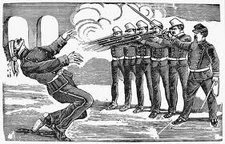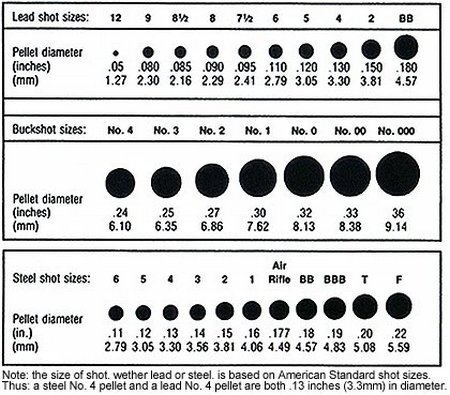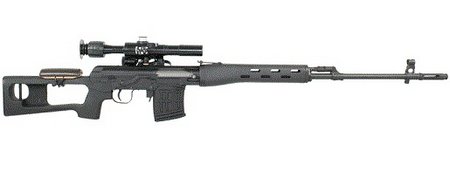From the desk of
Gunzilla
Accuracy International is a specialist British firearms manufacturer based in Portsmouth, Hampshire, England and best known for producing the Accuracy International Arctic Warfare series of precision sniper rifles. The company was established in 1978 by British Olympic shooting gold medallist Malcolm Cooper, MBE (1947–2001), Sarah Cooper, Martin Kay, and the designers of the weapons, Dave Walls and Dave Caig. All were highly skilled international or national target shooters. Accuracy International’s high-accuracy sniper rifles are in use with many military units and police departments around the world.
The Accuracy International rifle system has gained success, due in part to the design considerations put into the overall rifle. The rifles are hand-built. The AWSM (Arctic Warfare Super Magnum) is among the top three record holders for longest confirmed sniper kills .

The inherent accuracy of the rifle is due to the action being bolted with four screws and permanently bonded with epoxy material to an aluminium receiver, to which all major rifle components are in turn attached. As it keeps the action from moving away from zero, the accuracy of the rifle is very high.
The rifle stock design is designed for good ergonomics. The comfort in holding the rifle and the reduced recoil aids accuracy.
The barrel is interchangeable with other calibres; this can be done in the field in about 15 minutes. With the barrel clamped in a barrel vise, the barrel is removed from the action, and another one screwed into the action and tightened in place with a torque wrench.
This sniper rifle can be used for both H.A.L.O insertions and walking deployments of sniper teams .
I may only be a simple monster with a shotgun but i can tell you this , the AWSM is among the finest rifles on this planet and has earned the respect of countless snipers around the world .

 If ever there was a good reason for an execution, then Sub-Lt Jeffrey Delisle has certainly provided us with a good example . This naval spy from Nova Scotia is the first person ever convicted under Canada’s post 9/11 anti-terrorism legislation . His activities have compromised the safety of Canadian Intelligence assets and the relationships with our closest allies .
If ever there was a good reason for an execution, then Sub-Lt Jeffrey Delisle has certainly provided us with a good example . This naval spy from Nova Scotia is the first person ever convicted under Canada’s post 9/11 anti-terrorism legislation . His activities have compromised the safety of Canadian Intelligence assets and the relationships with our closest allies .



You must be logged in to post a comment.